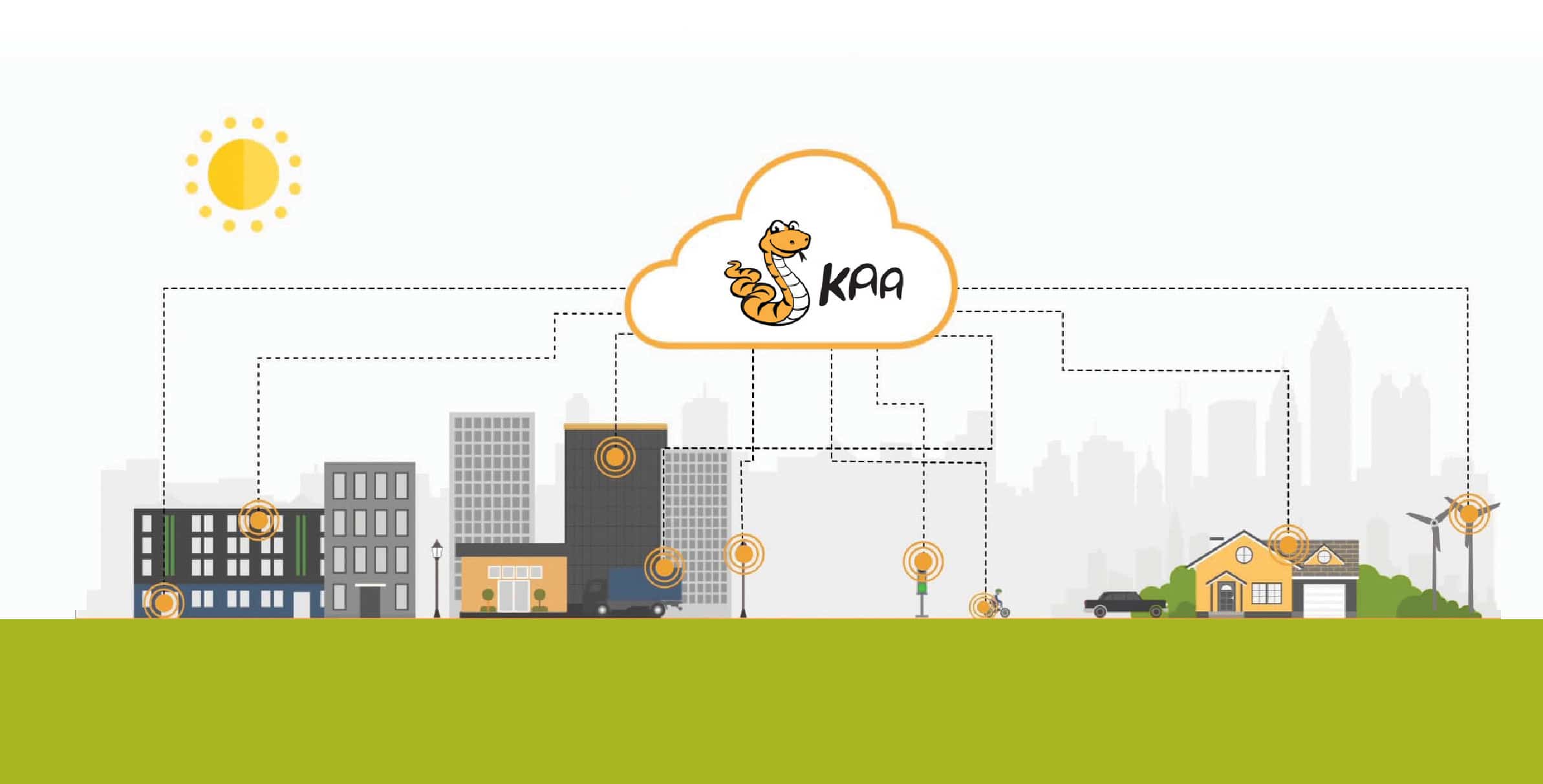Kaa is a multi-purpose middleware platform for the Internet of Things that allows building complete end-to-end IoT solutions, connected applications, and smart products.
Kaa is a 100 per cent open source middleware platform for building end-to-end IoT solutions, connected applications and products. The Kaa IoT platform is licensed under Apache 2.0. Kaa takes care of all the backend heavy lifting and allows vendors to concentrate on maximising their product’s unique value. It is horizontally scalable, fault-tolerant, and provides a broad set of features. Kaa was created for IoT companies and individuals interested in retaining ownership of the entire technological stack that they create.
An overview of Kaa
Kaa is a multi-purpose middleware platform for the IoT that allows you to create complete and smart applications. The Kaa platform provides an open, feature-rich toolkit for the IoT product development process and thus dramatically reduces the associated costs, risks and time-to market. It offers a set of out-of-the-box enterprise-grade IoT tools that can be easily plugged in and implemented in a large majority of the IoT use cases.
There are numerous architectural specifics that make IoT development with Kaa fast and easy. First, Kaa is hardware-agnostic and thus compatible with virtually any type of linked device, sensor and gateway. It also provides a clear construction of IoT features and extensions for different types of IoT applications. These can be used almost as plug-and-play modules with minimal addition of code on the developer’s part. Kaa introduces standardised methods that enable integration and interoperation across connected products. And it is designed to be robust, flexible, and easy-to-use and deploy.
Kaa’s features
Some features of Kaa that enable key IoT capabilities are listed below:
1. Analyses user behaviour and delivers targeted notifications.
2. Manages an unlimited number of connected devices.
3. Performs real-time device monitoring.
4. Performs remote device provisioning and configuration.
5. Creates cloud services for smart products.
6. Sets up cross-device interoperability.
7. Distributes over-the-air firmware updates.
8. Collects and analyses sensor data.
9. Performs A/B service testing.

How it works
Kaa enables data management for connected objects and the backend infrastructure by providing the server and endpoint SDK components. The SDKs get embedded into your connected device and implement real-time bi-directional data exchange with the server. Kaa SDKs are capable of being integrated with virtually any type of connected device or microchip.
The Kaa server provides all the backend functionality needed to operate even large scale and mission-critical IoT solutions. It handles all the communication across connected objects, including data consistency and security, device interoperability and failure-proof connectivity.
The Kaa server features well-established interfaces for integration with data management and analytics systems, as well as with product-specific services. It acts as a foundation for the backend system that you are free to expand and customise to meet the specific requirements of your product.
Why use Kaa?
The following features make Kaa different from other middleware platforms used to build IoT solutions:
1. 100 per cent open source and free.
2. Reduces the development time from months to weeks.
3. Is rapidly evolving, with new features being added for free.
4. Pre-integrated with data management systems.
5. No single point of failure.
6. Easily tailored for any business application.
7. Minimises the costs and risks of application development.
8. Straightforward hardware integration procedure.
9. Handles millions of devices and scales elastically.
10. Significantly reduces development time by providing an advanced, out-of-the-box IoT features set.










































































